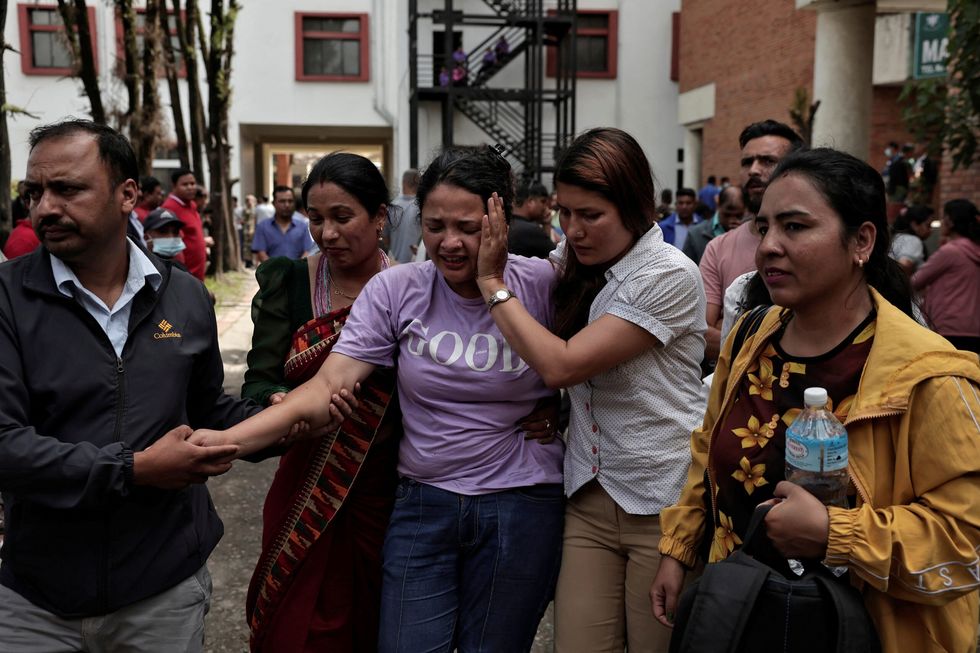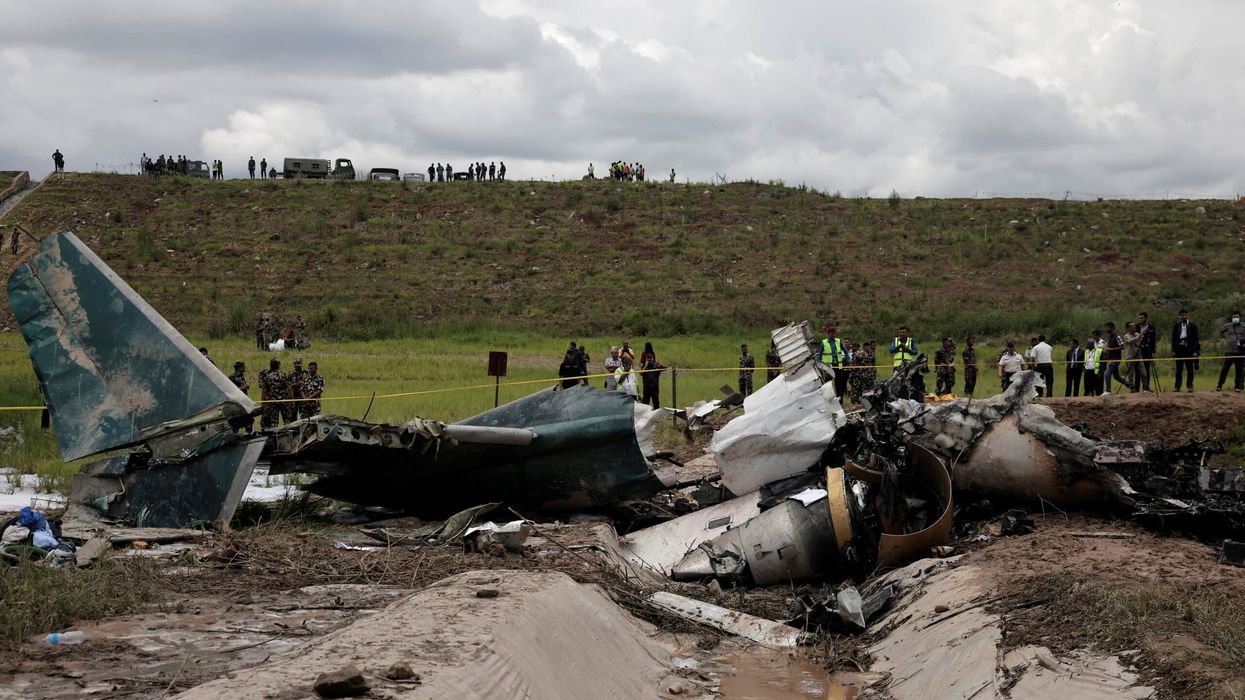A passenger plane crashed on take-off in Kathmandu on Wednesday (24), with the pilot rescued from the flaming wreckage but all 18 others aboard killed, said police in the Nepali capital.
The plane, carrying two crew members and 17 technicians, was going for regular maintenance to Nepal's new Pokhara airport, which opened in January and is equipped with aircraft maintenance hangars, they said.
"Shortly after takeoff ... the aircraft veered off to the right and crashed on the east side of the runway," the Civil Aviation Authority of Nepal said in a statement.
Eighteen of those on board were Nepali citizens while one engineer was from Yemen, Saurya said.
"Only the captain was rescued alive and is receiving treatment at a hospital," said Tej Bahadur Poudyal, the spokesman for Kathmandu's Tribhuvan International Airport.
Television visuals showed fire fighters trying to put out the blaze and thick black smoke rising into the sky. They also showed the plane flying a little above the runway and then tilting to its right before it crashed.
Other visuals showed rescue workers rummaging through the charred remains of the plane, strewn in lush green fields, and bodies being carried to ambulances on stretchers as local residents looked on.
"The plane was scheduled to undergo maintenance for a month beginning Thursday ... It is unclear why it crashed," said Mukesh Khanal, marketing head of Saurya Airlines.
Nepali police spokesman Dan Bahadur Karki said, "The pilot has been rescued and is being treated. Eighteen bodies have been recovered, including one foreigner. We are in the process of taking them for post-mortem."
Ram Kumar K.C., who runs a tyre store near the accident site, said the plane caught fire after hitting the ground.
"We were about to run to the site but then there was an explosion so we ran away again," the 48-year-old said.
Kathmandu airport was closed temporarily following the crash but reopened within hours, officials said.
A Saurya Airlines official said the plane was a 50-seater CRJ-200 aircraft with the registration 9N-AME.

According to Flightradar24 flight tracking, Saurya currently operates two CRJ-200 regional jets, a programme that was owned by Canada's Bombardier but which was bought by Mitsubishi Heavy Industries in 2020.
Saurya says it has another CRJ-200 in its fleet.
Bombardier referred questions about the incident to Canada-based MHI RJ Aviation Group, which did not immediately respond to a request for comment.
Established in 2014, Saurya says on its website that it has introduced the "jet experience" on Nepal's domestic routes and that it flies to five destinations.
Nepal has been criticised for a poor air safety record, exacerbated by many airlines in the Himalayan country flying to small airports in remote hills and near peaks shrouded in clouds. Nepal is home to eight of the world's 14 tallest mountain peaks.
Located in the heart of the Kathmandu Valley, the country's main airport is ringed by mountains, affecting wind directions and intensity in the area and making takeoff and landing a challenge for pilots.
Nearly 350 people have died in plane or helicopter crashes in Nepal since 2000. The deadliest incident occurred in 1992, when a Pakistan International Airlines Airbus crashed into a hillside while approaching Kathmandu, killing 167 people.
Most recently, at least 72 people were killed in a Yeti airlines crash in January 2023 that was later attributed to the pilots mistakenly cutting off power.
Flightradar24 said it did not track the crashed Saurya flight because the aircraft "was not equipped with a modern ADS-B transponder".
(Agencies)













